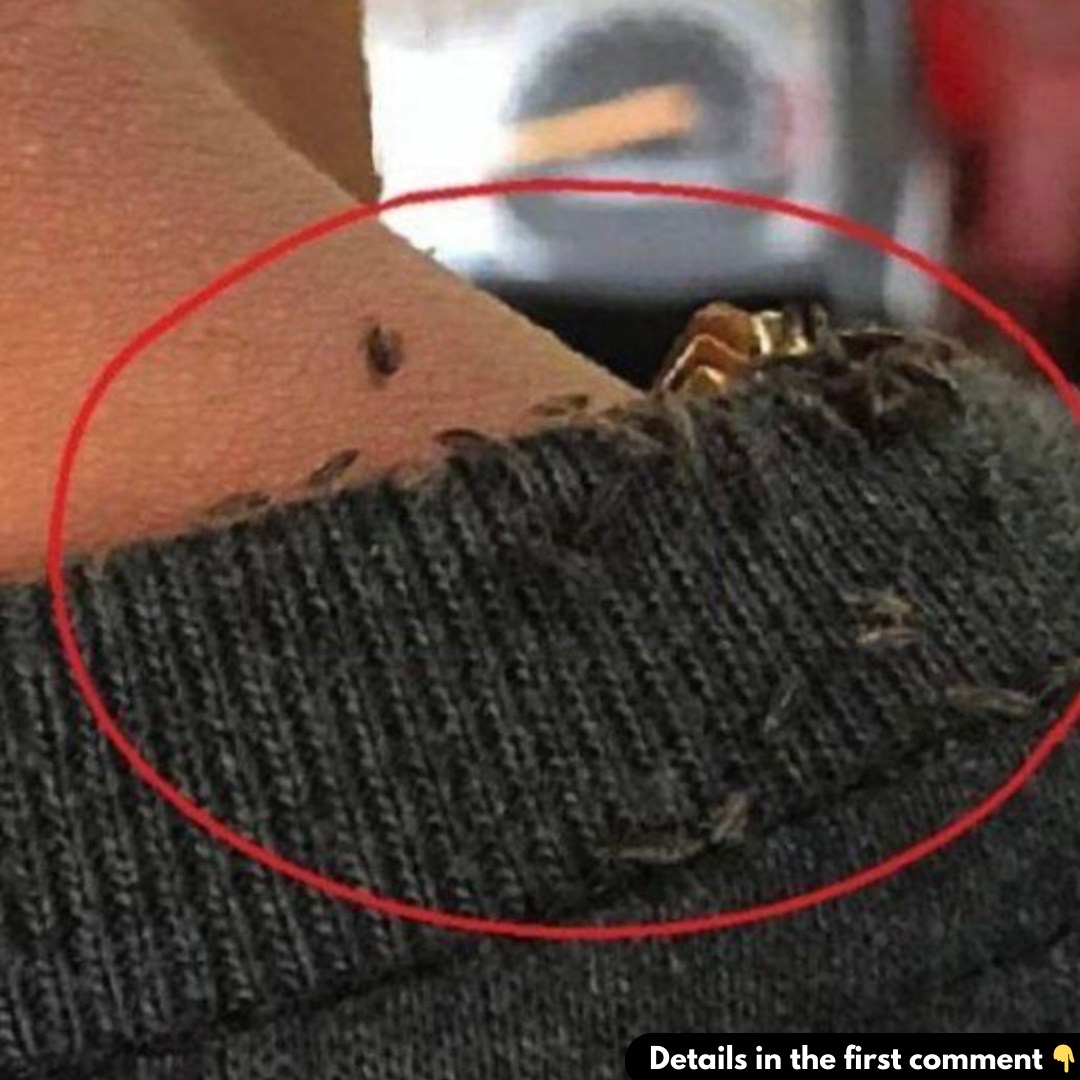In a world where shocking content quickly grabs attention online, one recent incident in the Philippines has gone viral, captivating thousands. A tricycle driver became the focus of a now-deleted video showing a severe head lice infestation. Shared originally by Facebook user Primo Onipa, the footage sparked widespread concern among viewers and served as a stark reminder of the importance of personal hygiene—especially for those who interact with the public on a daily basis.

Let’s explore this troubling incident, understand the potential health risks of untreated lice infestations, and learn practical ways to prevent and treat this common issue that is often overlooked.
The Viral Video That Left Viewers Shocked
The video quickly made its rounds on social media before being taken down. It showed lice crawling visibly on the back of the tricycle driver’s neck and even spreading onto his shirt. This wasn’t just a mild infestation—it was a severe case that left viewers horrified and deeply concerned.
Primo Onipa, the video’s uploader, intended it as an educational moment, particularly for tricycle drivers who are in constant contact with the public. His message was straightforward: maintaining personal cleanliness isn’t just about your own well-being, but also about protecting those you encounter every day. Good hygiene is crucial in public-facing professions.
Health Experts Warn of the Risks of Untreated Lice Infestations
While many consider head lice to be a minor nuisance, experts emphasize that severe cases can pose significant health risks. According to Dr. Jay Recasata from Faces and Curves Clinic, untreated lice infestations can have serious consequences.
- How Lice Thrive: “Head lice thrive at the base of our hair, feeding on blood from the scalp,” Dr. Recasata explained. These pests multiply rapidly and can cause intense itching and discomfort.
- Potential Health Complications: Without treatment, lice can cause open sores from constant scratching. These sores can become infected with bacteria, increasing the risk of more severe health issues. Dr. Enrique Collantes of Derma Clinic notes that in extreme cases, chronic lice infestations can even lead to anemia or malnutrition due to the continuous blood feeding.
Affordable Solutions for Treating Head Lice
The good news is that treating head lice is neither difficult nor expensive. Dr. Recasata highlights that specialized anti-lice shampoos are readily available for around P500 (roughly $10). These shampoos are effective when used consistently, helping eliminate lice within a short period.
However, early detection is key. Cases as severe as the one seen in the viral video often occur due to neglect or lack of awareness. Prompt treatment can prevent infestations from reaching extreme levels, thereby reducing health risks.
How Lice Spread and Why It’s So Contagious
Head lice are highly contagious, spreading primarily through close contact. Whether it’s sharing a comb, hat, or even hugging someone, lice can easily transfer from one person to another. Here’s how they typically spread:
- Personal Items: Sharing items like combs, brushes, hats, or scarves with an infected individual can easily transfer lice.
- Shared Spaces: Lice can temporarily survive on furniture, bedding, and towels, increasing the risk of spreading.
- Close Physical Contact: Hugging or sitting close to someone with lice can also result in transmission.
This highlights why maintaining good hygiene practices is crucial, particularly in public and shared spaces.
Practical Tips to Prevent Lice Infestations
Preventing head lice requires a combination of good hygiene habits and proactive measures. Here are some expert-recommended strategies:
- Wash Hair Regularly: Use mild shampoos to keep your scalp clean.
- Avoid Sharing Personal Items: Never share combs, brushes, hats, or towels.
- Sanitize Bedding and Clothing: Wash pillowcases, bed linens, and clothes in hot water to kill any lice or eggs.
- Disinfect Combs and Brushes: Soak them in hot water for at least 10 minutes after each use.
- Vacuum Frequently: Regular vacuuming helps eliminate any lice that may be lingering on carpets and furniture.
For those in high-contact professions, like drivers, teachers, or healthcare workers, these preventive measures are even more crucial to reduce the risk of spreading lice.
The Broader Message: Hygiene Is Everyone’s Responsibility
This incident extends beyond just dealing with head lice—it’s a reminder of the broader importance of personal hygiene. For individuals in public-facing roles, hygiene is not only a personal matter but also a public responsibility.
Maintaining regular self-care, coupled with awareness of potential health risks, can prevent situations like the one depicted in the viral video. Being vigilant and addressing health concerns early on can protect both yourself and those around you.
Online Reactions: Shock, Empathy, and Calls for Awareness
The video’s circulation online led to mixed reactions. While some people expressed shock and disgust, others showed empathy toward the tricycle driver. Many commenters emphasized the need for greater awareness and access to affordable healthcare, particularly for individuals in low-income professions.
This incident highlights a pressing need for better health education and accessible healthcare options. Ensuring that everyone, regardless of their financial situation, has access to preventive measures can help prevent similar cases in the future.
Conclusion: Hygiene, Awareness, and Early Intervention Are Key
The story of the tricycle driver with an extreme lice infestation is more than just a viral sensation—it’s a powerful reminder of the need for awareness, timely treatment, and proactive hygiene practices. While head lice may seem like a minor issue, when left untreated, they can lead to significant health complications and impact one’s quality of life.
Understanding how lice spread, taking preventive steps, and treating infestations early are essential for promoting a healthier, more hygienic environment. This story serves as a call to action for everyone to be more vigilant about personal care and public health.
Have you ever experienced a lice infestation? How did you handle it? Share your experiences and tips in the comments below. Let’s spread awareness and help others prevent such situations!